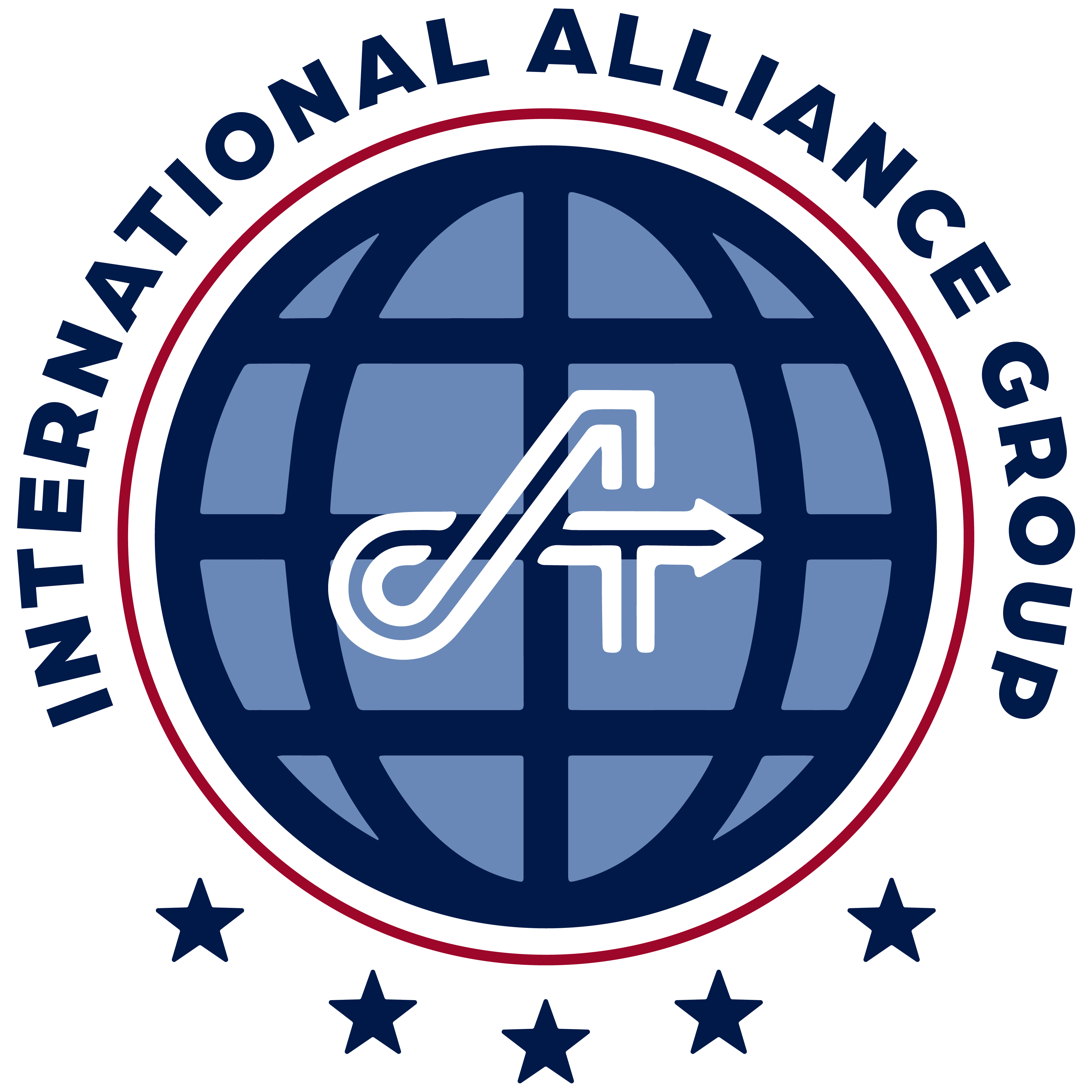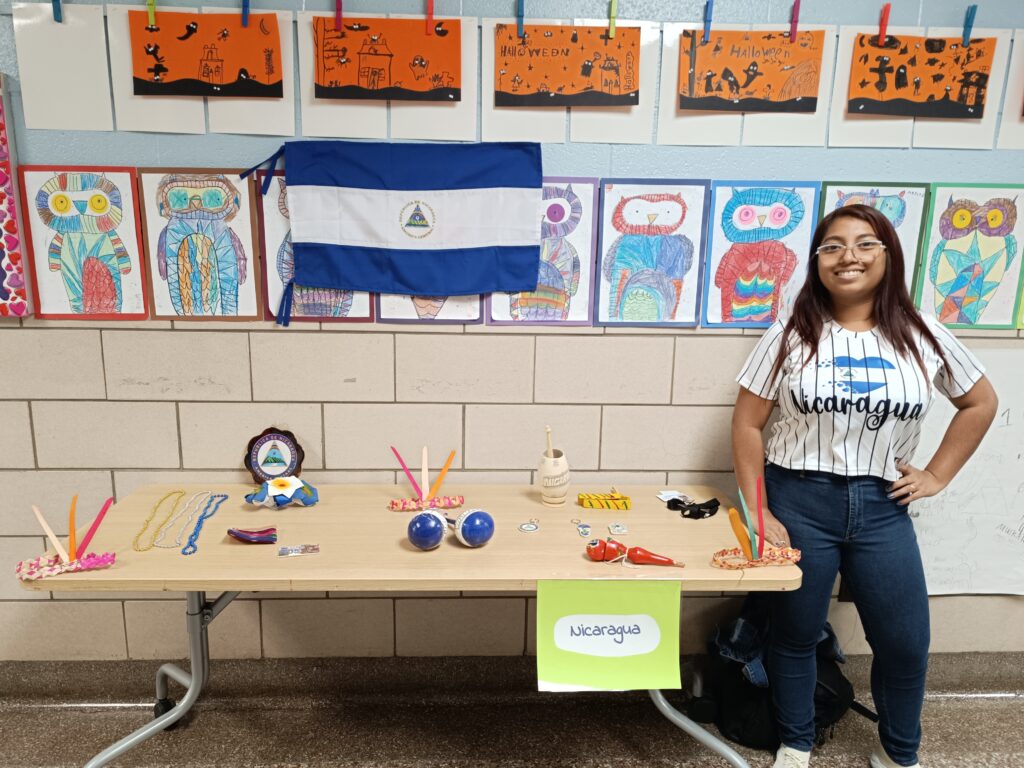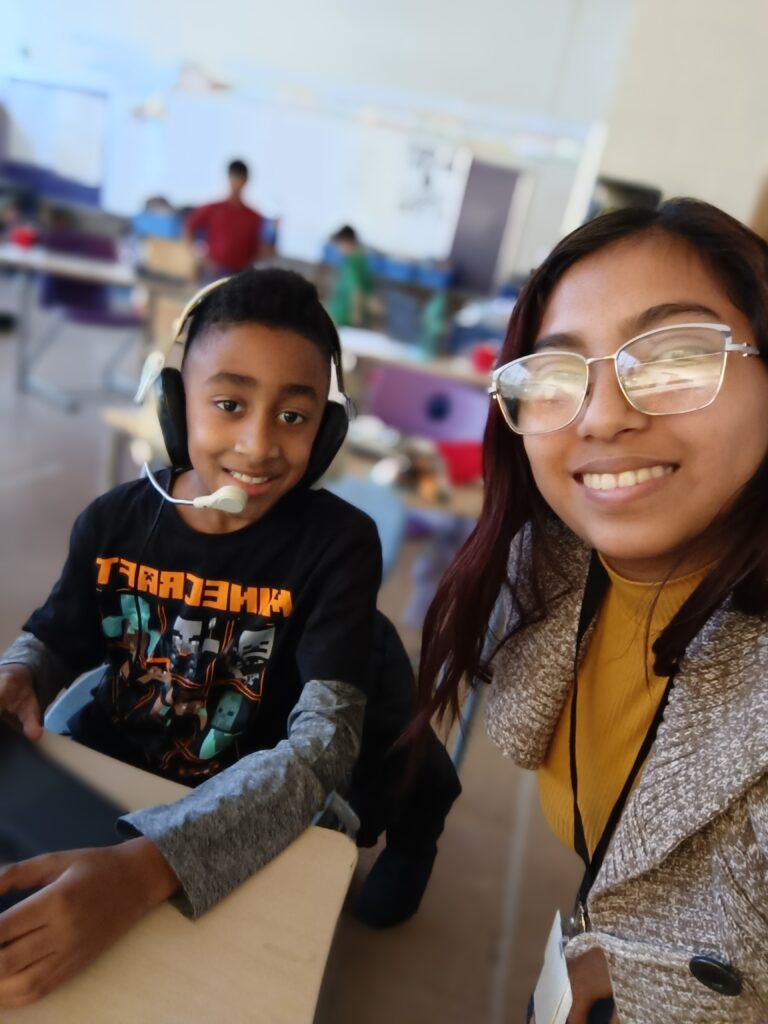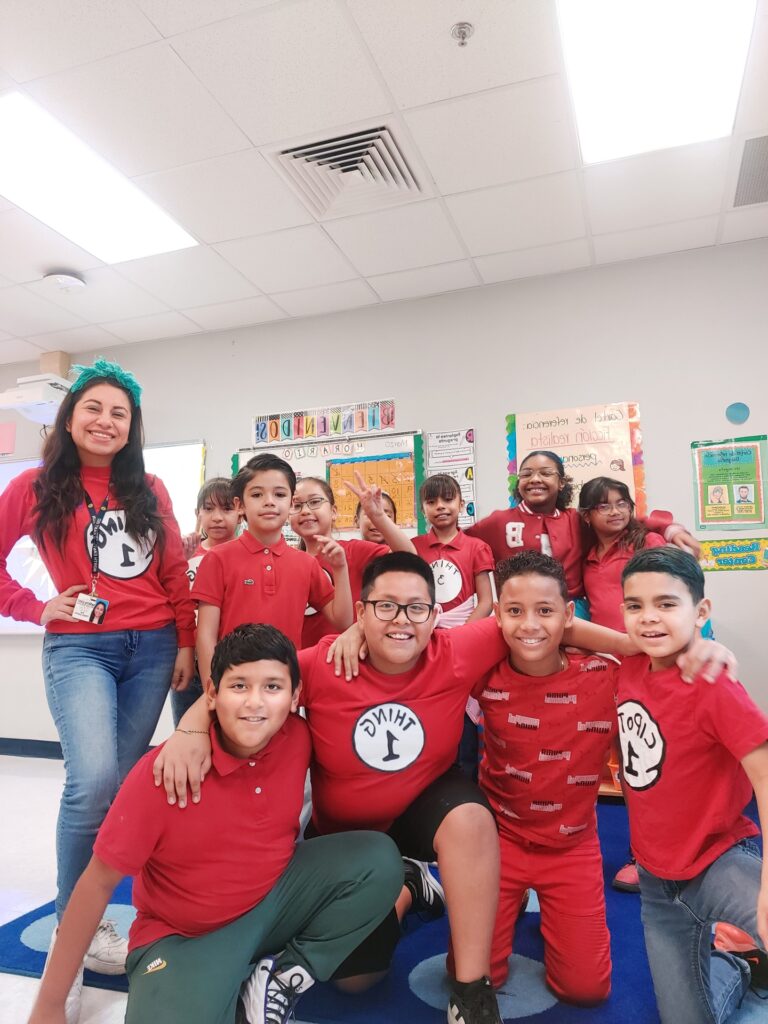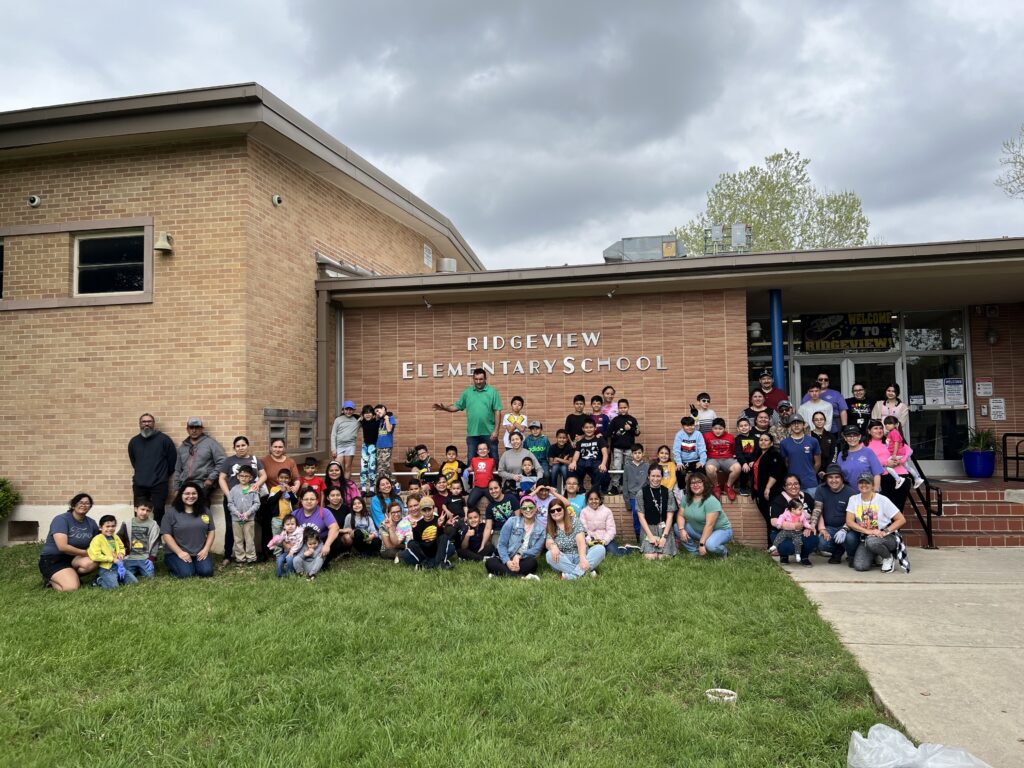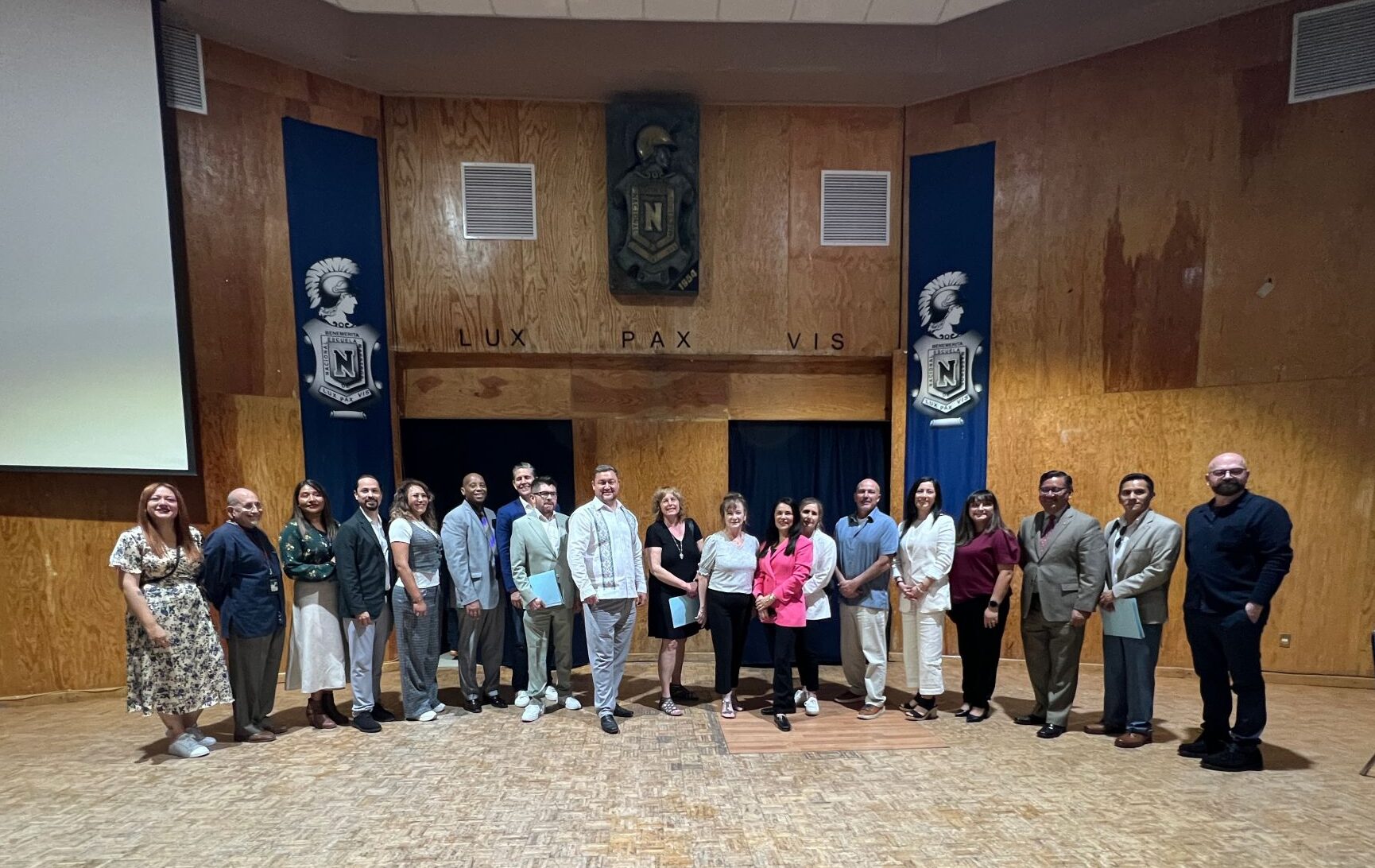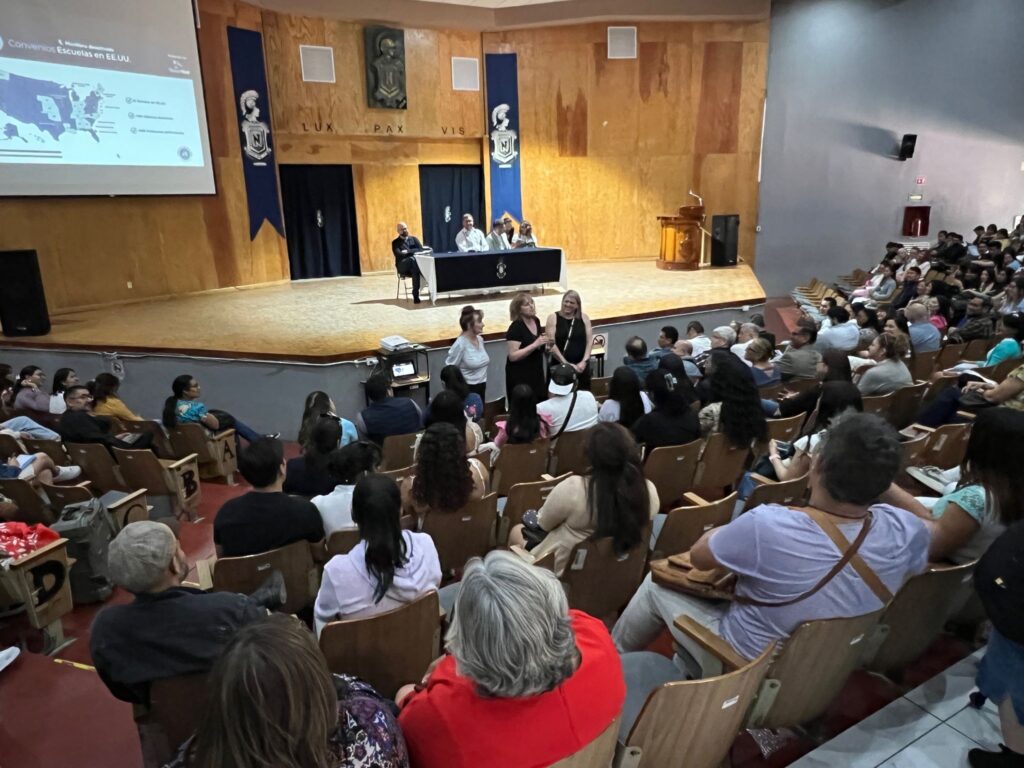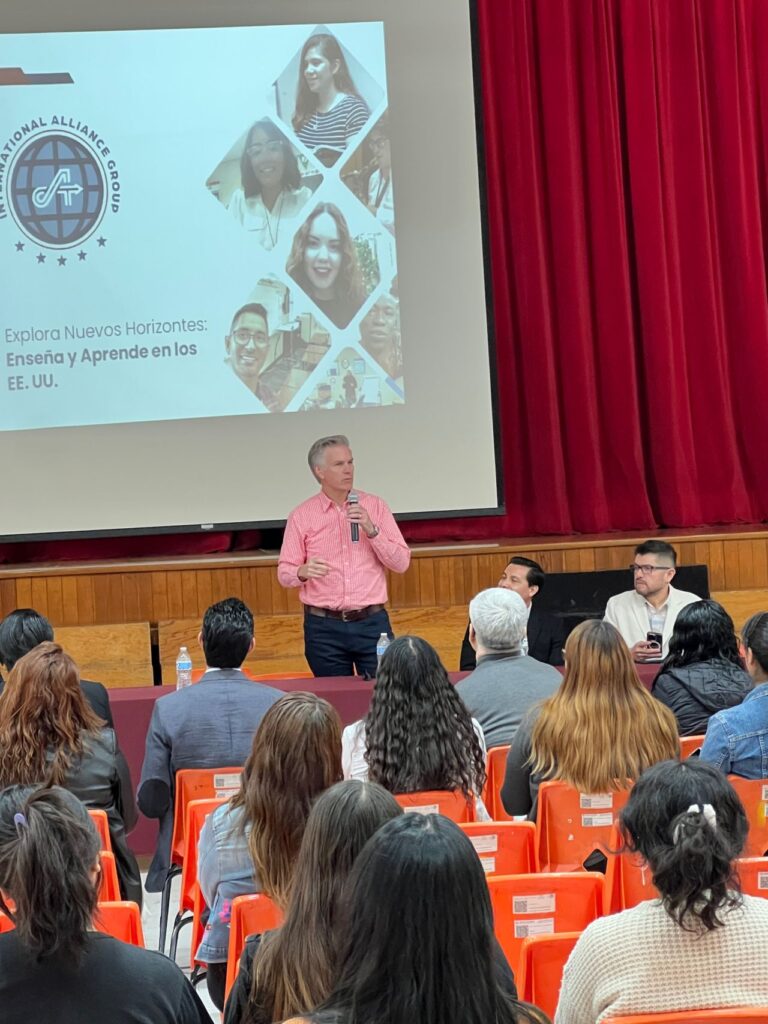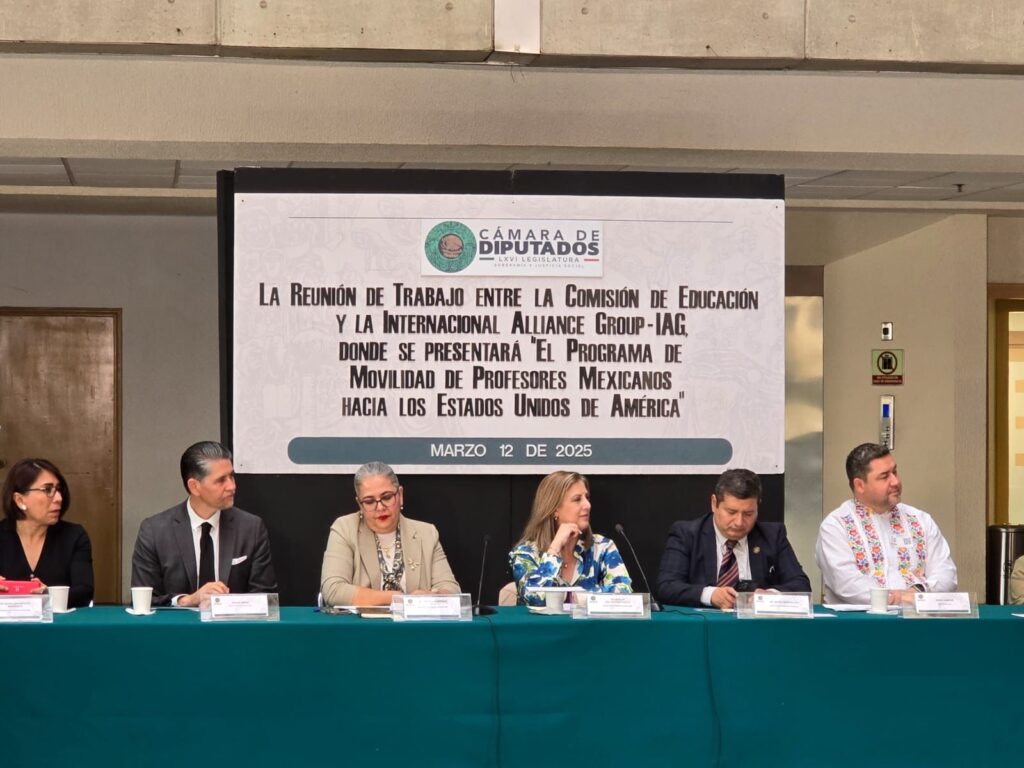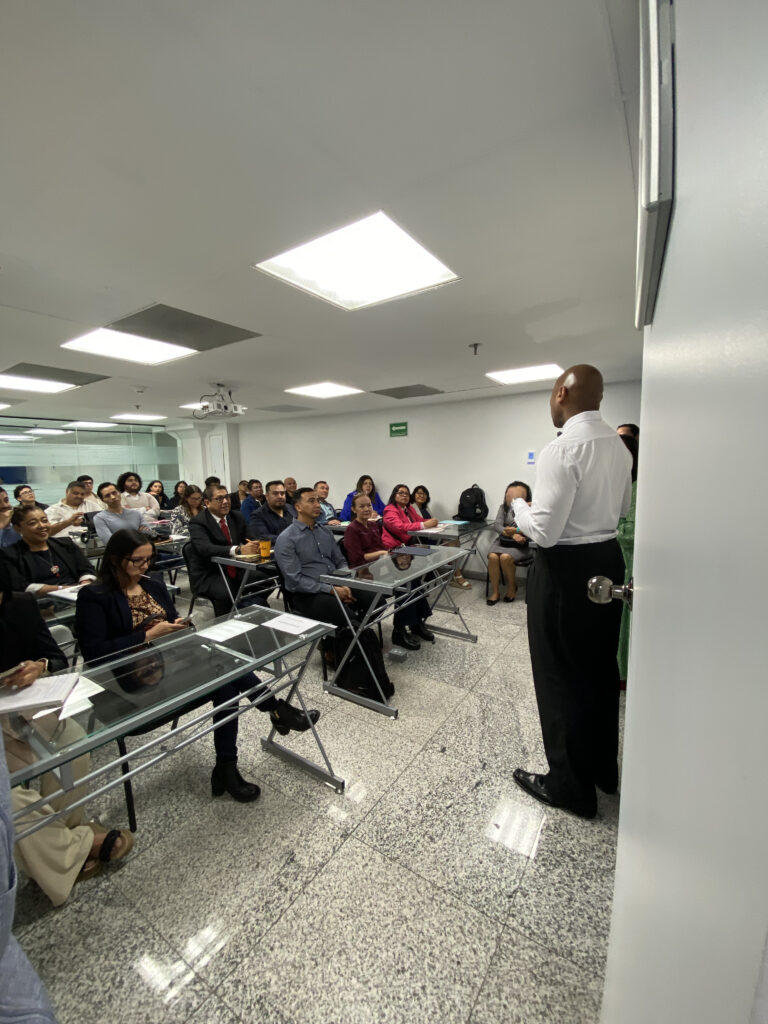While National Cancer Prevention Month in February shines a spotlight on vital strategies, the fight against cancer is a year-round endeavor. With nearly 10 million cancer-related deaths globally each year, the urgency to understand and implement preventative measures remains constant. While genetic factors play a role, lifestyle choices, environmental exposures, and infections significantly impact cancer risk. This blog aims to extend the conversation beyond a single month, exploring actionable steps individuals and communities can take to reduce the global cancer burden every day.
The Power of Prevention: Lifestyle and Beyond
The World Health Organization (WHO) emphasizes that approximately one-third of cancer deaths are preventable through simple lifestyle modifications. This includes:
1. Lifestyle Modifications
- Tobacco Control: A comprehensive tobacco control strategy is vital for cancer prevention. Policies such as smoking bans, increased tobacco taxes, advertising restrictions, and public health campaigns have been shown to reduce smoking rates and prevent tobacco-related cancers (Jha et al., 2019). Smoking cessation programs, including counseling, nicotine replacement therapies, and medications, also play a key role in helping individuals quit smoking.
- Dietary Interventions: The promotion of a healthy diet rich in fruits, vegetables, whole grains, and lean proteins, while reducing processed foods, red meats, and sugary beverages, can help reduce the risk of several cancers, particularly colorectal and breast cancers (World Cancer Research Fund, 2018). Dietary guidelines should focus on increasing the intake of antioxidants, fiber, and healthy fats while minimizing salt and alcohol consumption.
- Physical Activity and Weight Management: Encouraging regular physical activity and weight management is a cornerstone of cancer prevention. The WHO recommends at least 150 minutes of moderate-intensity physical activity per week for adults, which has been linked to a reduced risk of colon, breast, and other cancers (Wolin et al., 2018).
- Alcohol Consumption: Limiting alcohol intake is another critical factor in preventing cancers such as liver, breast, and esophageal cancers. Public health campaigns should continue to raise awareness about the link between alcohol consumption and cancer risk.
2. Vaccination Programs
- HPV Vaccination: The HPV vaccine has been shown to significantly reduce the incidence of cervical cancer, as well as cancers of the throat, vulva, and anus. Widespread vaccination programs, especially in adolescent girls and boys, can prevent up to 90% of HPV-related cancers (Safaeian et al., 2020).
- Hepatitis B Vaccination: The hepatitis B vaccine is crucial in preventing liver cancer caused by chronic hepatitis B infection. Widespread vaccination in early childhood, particularly in regions with high rates of hepatitis B, has led to a significant reduction in liver cancer incidence (Akinwande et al., 2020).
3. Early Detection and Screening
- Breast Cancer Screening: Mammography and other imaging techniques can detect breast cancer early when it is most treatable. Regular screening programs for women over 40 or 50 years old can significantly reduce breast cancer mortality (Bleyer et al., 2020).
- Cervical Cancer Screening: Pap smears and HPV testing are essential for detecting cervical cancer precursors, allowing for early intervention and prevention. Widespread implementation of cervical screening programs in both high- and low-resource settings has proven effective in reducing cervical cancer rates (Kreimer et al., 2019).
- Colorectal Cancer Screening: Colonoscopies, fecal occult blood tests, and other screening methods have been shown to reduce colorectal cancer incidence and mortality. Screening for individuals over the age of 50, or earlier for those with a family history of colorectal cancer, is crucial in catching the disease at an early and treatable stage (Zauber et al., 2020)
4. Environmental and Occupational Health
Reducing Exposure to Carcinogens: Policies to reduce environmental carcinogens, such as tobacco smoke, air pollution, and industrial chemicals, are essential to preventing cancer. Strengthening environmental regulations and increasing awareness about pollution’s impact on health can contribute to cancer prevention (Landrigan et al., 2020).
Workplace Safety: Employers should be encouraged to adopt policies and practices to minimize exposure to hazardous materials, such as asbestos and benzene, which increase the risk of developing lung and other cancers. Beyond lifestyle changes, vaccination programs against HPV and hepatitis B have proven highly effective in reducing cancer incidence.
The critical role of early Detection
Early detection through screenings for breast, cervical, colorectal, and lung cancers significantly improves survival rates. Regular screenings enable healthcare professionals to identify and treat cancers at earlier, more manageable stages.
A call for continuous action and global Commitment
This blog serves as a call to action, reminding us that cancer prevention is not confined to a single month. It requires a sustained, global commitment to:
- Promote Healthy Lifestyles: Educating and empowering individuals to make informed choices.
- Invest in Vaccination Programs: Expanding access to life-saving vaccines.
- Enhance Screening Access: Ensuring equitable access to early detection services.
- Advance Research: Supporting ongoing research to develop new prevention and treatment strategies.
- Policy Implementation: Pushing for policies that support healthy environments.
Reducing the global cancer burden is a collective responsibility. By embracing preventative measures, supporting research, and advocating for change, we can create a healthier future for all. Let’s make every month a month of cancer prevention.
This blog was written by Global Workforce Development, powered by IAG, an organization dedicated to creating international job opportunities for professionals.
